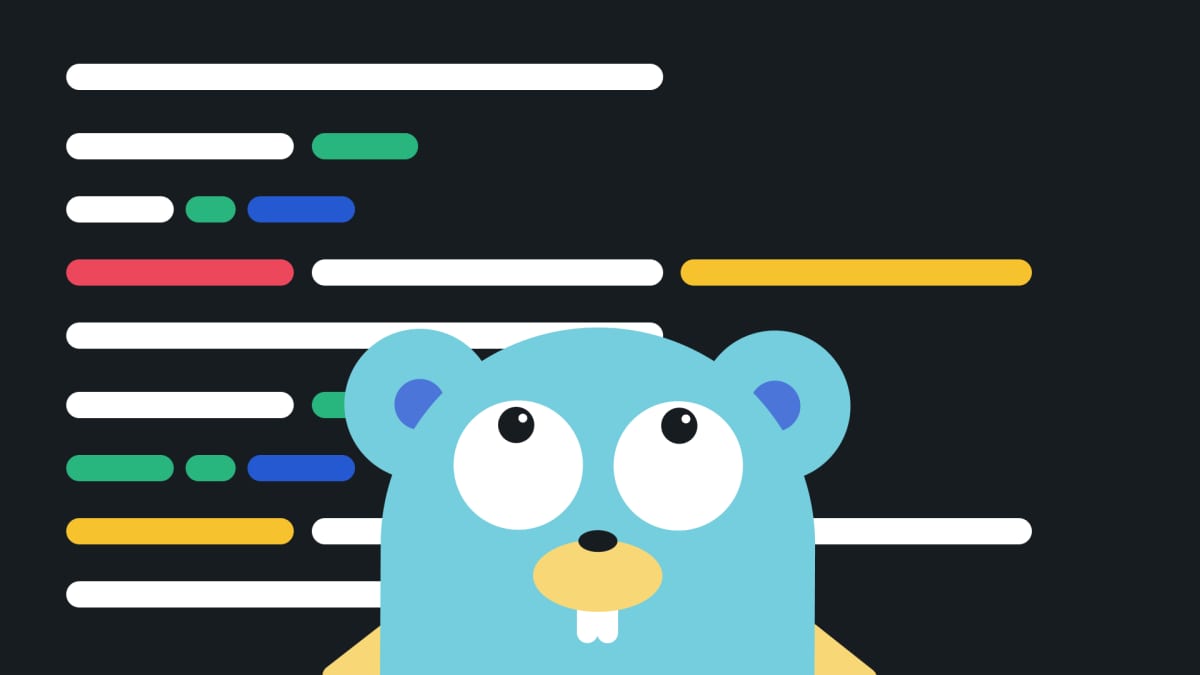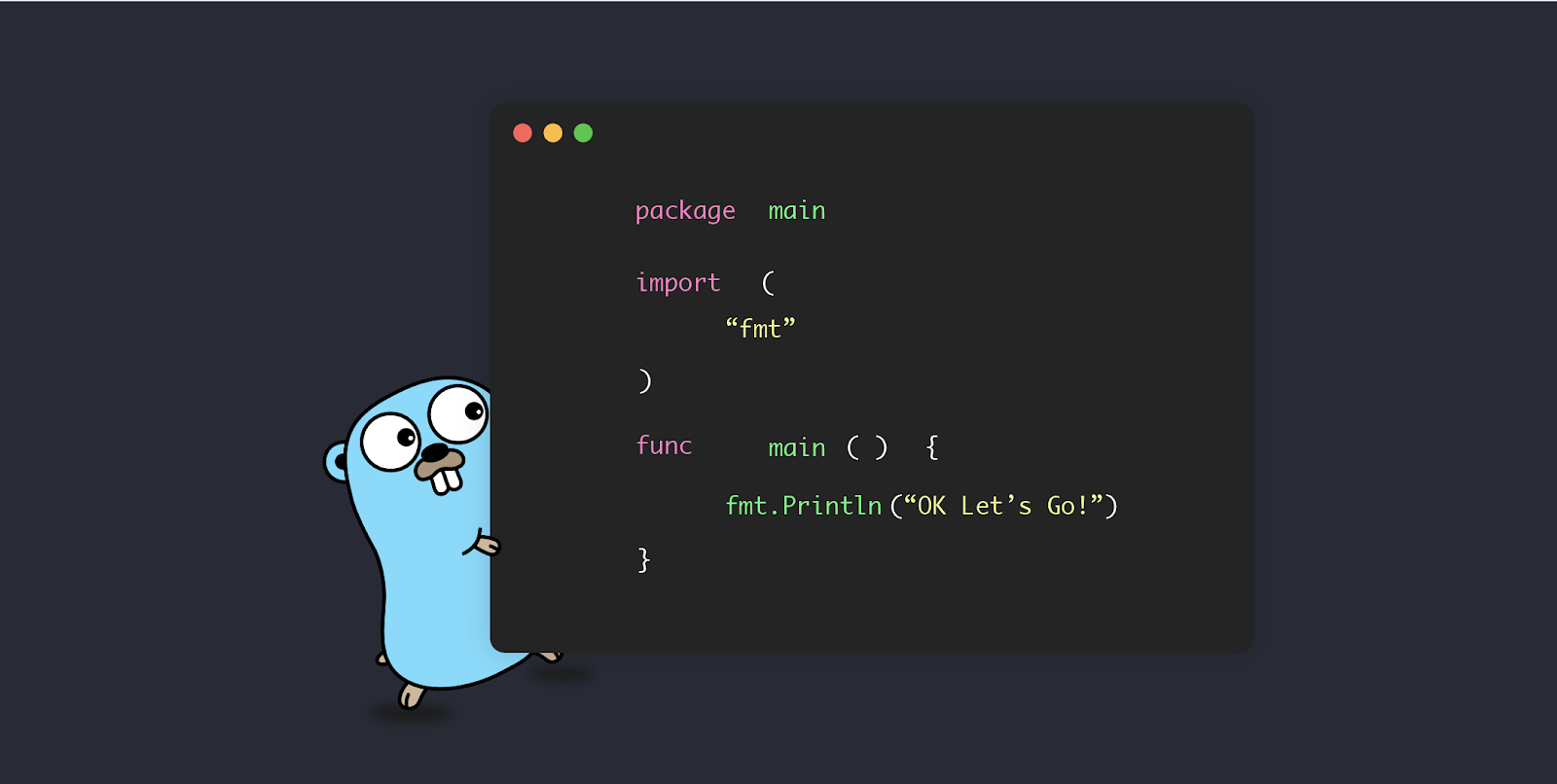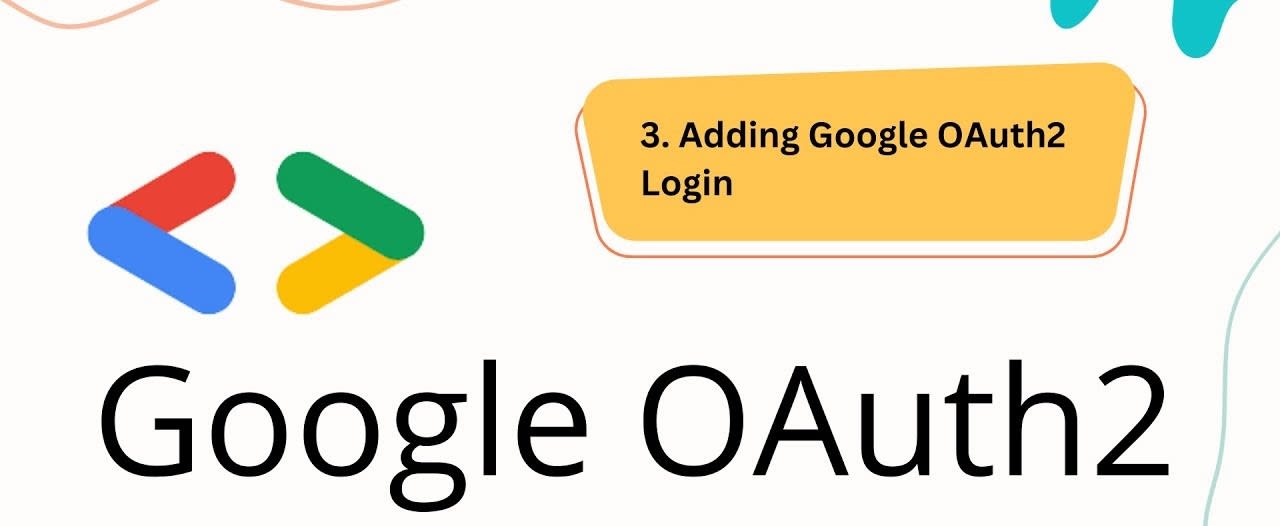The Golang Playground: Enhance Your Skills with Ease
- With Code Example
- January 24, 2024
Explore, Experiment, and Learn Go with the Golang Playground
The Golang Playground is an online tool that allows to experiment, practice and enhance their coding skills in a convenient and user environment. Whether you are a beginner or a developer, Golang provides a hassle-free to write, compile and execute Go code without the need for any local or installation. In the blog post, we explore the various features benefits, and tips to the most out of Golang Playground.

Understanding the Golang Playground its Purpose

The Golang Playground is a platform specifically designed for Go or Golang programming language enthusiasts. provides a sandbox where developers can write run, and share code without the need for a local development setup. main purpose of the Golang Playground is to facilitate, prototyping, and collaboration within the Go.
Features and Benefits of the Golang Playground
The Golang Playground comes packed with a range of features that make it excellent for programmers of all levels. Some key features include:
- **Online Accessibility The Golang Playground is accessible through any web browser, making it easy to write test code from anywhere, at any time.
- Code Execution and Output: platform instantly compiles and executes the Go code, providing real-time output, errors and execution results.
- Syntax Highlighting and Autocompletion: Theolang Playground offers syntax highlighting and autocompletion, making the coding experience more-friendly and efficient.
- Shareable Code Snippets: It allows users to their code snippets with others by simply clicking on the “Share” button, generating unique URL that can be shared and accessed by anyone.
- Version Control: The Golang Playground seamlessly integrates with version control systems like Git, allowing developers clone, commit, and collaborate on code repositories.
How to Access and Navigate Golang Playground
Accessing the Golang Playground is incredibly simple. Just the official website at https://play.golang.org , and you’ll be greeted a clean and intuitive user interface. The main screen consists of sections: the code editor, the output window, and the console.
To coding, simply enter your Go code in the editor section. Once you’re ready, click the “Run” button, and the code will be compiled and executed. The output, including any errors or results, will be displayed in the output window.
Navigating through the Golang Playground is straightforward. The menu at the top of the page contains options to create a new playground, save your code, and share it with others. Additionally, you can access helpful resources, such as documentation and examples, by clicking on the “Resources” tab. Now that we’ve covered the basics of the Golang Playground, let’s dive into getting started with Go itself.
Getting Started with Golang

Overview of Go: A Beginner’s Guide
Go, also known as Golang, is a popular open-source programming language developed by Google. It was created with a focus on simplicity, efficiency, and scalability, making it an excellent choice for building networked and concurrent applications.
If you’re new to Go, the Golang Playground is a fantastic place to start. It provides a beginner-friendly environment to experiment with the language’s syntax, concepts, and features. As you progress, you can gradually move on to more complex topics and real-world projects.
Exploring the Basic Syntax of Go
Before diving into writing code in the Golang Playground, it’s essential to understand the basic syntax of Go. Go follows a clean and concise syntax, which makes it easy to read and write code.
Here are a few key aspects of the Go syntax:
Variables and Constants:
In Go, variables are declared using the var keyword, followed by the variable name and its type. Constants, on the other hand, are declared using the const keyword.
For example:
var message string = "Hello, World!"
const pi = 3.14159
Control Structures: Loops and Conditionals:
Go provides several control structures, including if statements, for loops, and switch statements. These constructs allow you to control the flow of execution based on certain conditions.
For example:
if condition {
// code block executed if the condition is true
}
for i := 0; i < 5; i++ {
// code block executed repeatedly until the condition is false
}
switch variable {
case 1:
// code executed if the variable is 1
case 2:
// code executed if the variable is 2
default:
// code executed if the variable doesn't match any case
}
Creating Functions and Packages:
Functions in Go allow you to group related code and execute it independently. You can define functions using the func keyword.
Go also has a concept of packages, which are collections of related functions and types. They enable code modularity and reusability.
For example:
func add(a, b int) int {
return a + b
}
package main
import "fmt"
func main() {
fmt.Println(add(2, 3))
}
Now that we have a basic understanding of Go’s syntax, let’s move on to actually writing our first program in the Golang Playground.
Writing Your First Program in the Golang Playground
The Golang Playground provides an ideal environment to get started with Go programming. Let’s explore the process of writing a simple program step by step.
Declaring Variables and Constants
To declare variables or constants in the Golang Playground, follow the syntax we discussed earlier. For instance:
package main
import "fmt"
func main() {
var name string = "John Doe"
const age = 28
fmt.Println("Name:", name)
fmt.Println("Age:", age)
}
Using Control Structures: Loops and Conditionals
The Golang Playground allows you to experiment with different control structures to create interactive and dynamic programs. Here’s an example that demonstrates the use of an if statement and a for loop:
package main
import "fmt"
func main() {
num := 10
if num > 0 {
fmt.Println("Number is positive")
} else {
fmt.Println("Number is negative")
}
for i := 1; i <= num; i++ {
fmt.Println(i)
}
}
Creating Functions and Packages
You can define functions and packages within your code in the Golang Playground. Here’s an example:
package main
import "fmt"
func add(a, b int) int {
return a + b
}
func main() {
result := add(3, 4)
fmt.Println("Sum:", result)
}
By following these examples, you can experiment with various concepts and gradually build your coding skills in Go.
Advanced Features of the Golang Playground
The Golang Playground not only supports basic features but also offers advanced functionalities that can greatly enhance your coding experience. Let’s explore some of these features in detail.
Exploring Go Packages and Imports
Go promotes code modularity and reusability through the concept of packages. With packages, you can organize your code into logical units and import them as needed.
Understanding the Package Structure in Go
In Go, packages are the building blocks of code organization. A package can consist of multiple Go source files that are grouped together. It allows you to divide your program’s functionality into separate, manageable units.
Importing Packages in Your Golang Playground Code
The Golang Playground allows you to import existing packages within your code. You can use the standard library packages, as well as third-party packages, to enhance your program’s capabilities and leverage existing code.
To import a package, use the import keyword followed by the package’s import path.
For example:
package main
import (
"fmt"
"math/rand"
)
func main() {
fmt.Println("Random number:", rand.Intn(100))
}
Utilizing Go’s Built-in Libraries and Functions
Go provides a rich standard library that offers a wide range of built-in packages and functions. These packages cover diverse areas such as string manipulation, file handling, networking, and more.
Exploring Common Built-in Packages
Some commonly used built-in packages include:
fmt: Provides functions for formatted I/O, such as printing to the console.os: Offers functionality for performing operating system-related tasks, such as file handling and environment variables.net/http: Enables building web servers and making HTTP requests.time: Deals with time-related operations, such as measuring durations and formatting time strings.
By familiarizing yourself with these packages, you can leverage their power to simplify and optimize your code.
Leveraging Go Standard Library Functions
In addition to packages, Go’s standard library also offers a wide range of functions that can be useful for various programming tasks. These functions cover areas such as string manipulation, mathematical calculations, and error handling.
For example:
package main
import (
"fmt"
"strings"
)
func main() {
message := "Hello, World!"
fmt.Println("Length:", len(message))
fmt.Println("Uppercase:", strings.ToUpper(message))
}
Managing Errors and Exception Handling in Go
Error handling is a critical aspect of writing robust and reliable code. Go provides a straightforward yet powerful error handling mechanism.
Understanding Error Handling Principles in Go
In Go, errors are represented as values of the error type. Functions that can potentially fail return an error value, which can be checked and handled accordingly.
Go encourages explicit error handling instead of relying on exceptions. This helps maintain code clarity and prevents potential bugs from being silently ignored.
Implementing Error Handling Strategies in Your Code
To handle errors in Go, you can use the if statement in combination with the err variable convention. This convention checks if the error is nil (indicating success) or non-nil (indicating an error occurred).
For example:
package main
import (
"fmt"
"os"
)
func main() {
file, err := os.Open("data.txt")
if err != nil {
fmt.Println("Error:", err)
return
}
// Perform operations on the opened file
_ = file.Close()
}
By implementing proper error handling strategies, you can ensure that your code gracefully handles unexpected situations and failures.
Enhancing Your Coding Skills with Golang Playground
The Golang Playground offers several features and tools that can help you enhance your coding skills and efficiency. Let’s explore some of these features in more detail.
Testing and Debugging in the Golang Playground
One of the key aspects of becoming a proficient programmer is writing thorough and reliable tests. The Golang Playground provides robust testing capabilities that allow you to validate your code.
Writing Test Cases for Your Go Code
In Go, tests are typically written in a separate file ending with _test.go. These files contain test functions that use the testing package and its assertion methods to check the correctness of the code.
For example:
package main
import (
"testing"
)
func add(a, b int) int {
return a + b
}
func TestAdd(t *testing.T) {
result := add(3, 4)
if result != 7 {
t.Errorf("Expected 7, got %d", result)
}
}
The Golang Playground allows you to write and run tests directly within the interface, helping you validate your code and uncover any issues.
Debugging Techniques and Best Practices
Debugging is an essential skill for any programmer. While the Golang Playground’s main focus is on writing and running code, it does offer some debugging capabilities.
For example, you can use the fmt.Println() function to print the values of variables at various points in your program to understand how it’s executing.
Additionally, using well-placed panic statements can help identify specific sections of code that might be causing issues.
Exploring Golang Playground’s Collaboration Features
The Golang Playground also allows developers to collaborate and share their code with others. Here are a few features that facilitate collaboration:
Sharing Your Code and Collaborating with Others
With the click of a button, you can generate a unique URL that allows others to view and interact with your code. This makes it incredibly easy to share your code and gather feedback from others.
Utilizing Version Control in the Golang Playground
The Golang Playground seamlessly integrates with version control systems like Git. You can clone repositories, commit changes, and collaborate with others directly from the interface.
By leveraging the collaboration features of the Golang Playground, you can broaden your network, learn from others, and get valuable insights on your code.
Optimizing Performance with Go’s Concurrency Tools
Go is renowned for its excellent support for concurrency. The Golang Playground allows you to explore Go’s powerful concurrency tools and optimize the performance of your code.
Understanding Concurrency in Go
Concurrency is the ability to execute multiple tasks simultaneously. Go makes it easy to write concurrent programs by providing lightweight goroutines and channels.
Goroutines are lightweight threads that allow functions to run concurrently. Channels provide a safe way for goroutines to communicate and synchronize their execution.
Implementing Goroutines and Channels for Parallel Execution
Here’s a simple example that uses goroutines and channels to find the sum of squares concurrently:
package main
import (
"fmt"
)
func calculateSquares(start, end int, result chan int) {
sum := 0
for i := start; i <= end; i++ {
sum += i * i
}
result <- sum
}
func main() {
result := make(chan int)
go calculateSquares(1, 500, result)
go calculateSquares(501, 1000, result)
totalSum := <-result + <-result
fmt.Println("Total Sum:", totalSum)
}
By leveraging the power of goroutines and channels, you can effectively utilize your system resources and improve the performance of your code.
Summary and Conclusion
The Golang Playground is a valuable resource for programmers looking to enhance their coding skills in the Go programming language. In this blog post, we explored the various features and benefits of the Golang Playground, including its user-friendly interface, real-time code execution, and collaboration capabilities.
We also delved into the fundamentals of Go, including its basic syntax and key concepts such as variables, control structures, functions, and packages. The Golang Playground provides an ideal environment to experiment with and learn these concepts.
Furthermore, we discussed the advanced features of the Golang Playground, such as package imports, utilization of built-in libraries and functions, error handling strategies, and tools for testing, debugging, collaboration, and performance optimization.
In conclusion, the Golang Playground offers programmers a convenient and accessible platform to improve their coding skills. Whether you’re a beginner or an experienced developer, the Golang Playground is an invaluable tool that can help you unleash your potential and master the art of Go programming.





